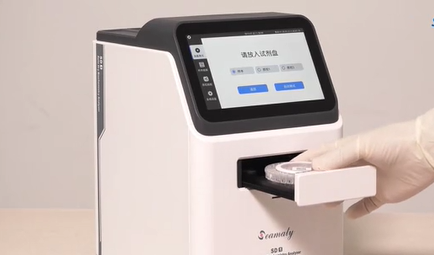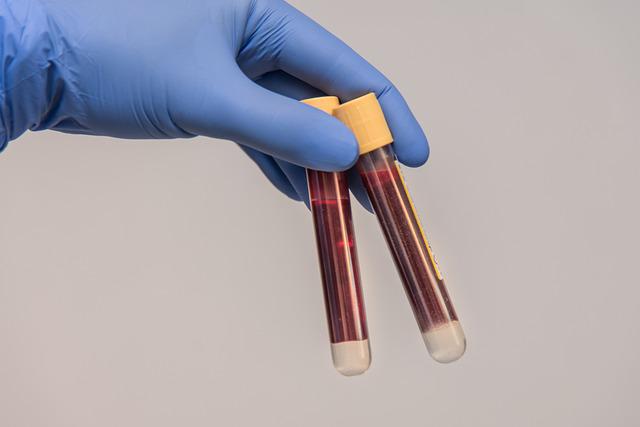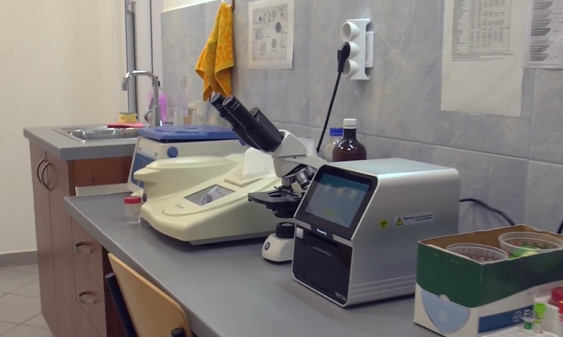The advent of POCT machines has made it possible to test and diagnose diseases quickly and easily. POCT machines also allow patients with chronic diseases to continuously monitor their status in their daily environment.
1. POCT machine test Diabetes
One of the most widespread applications for POCT now around the world is to help control diabetes. People with diabetes must continuously monitor and control their blood sugar. POCT machines allow them to do this on their own and provide results quickly and easily. This is even more helpful in reducing the risk of visual and neurological disorders that may be associated with this disease.
2. POCT machine test cardiac markers
In addition to clinical diagnosis, the diagnostic indicators of cardiovascular disease are mainly based on medical testing techniques. Although there are also medical devices such as echocardiography and CT in the screening technology for heart disease. However, it is very expensive for patients to use the devices to check for diseases. However POCT machine capable of detecting cardiac markers has been a boon for the majority of patients. Many medical device manufacturers have POCT reagent kits that cover most cardiovascular disease tests.
By detecting a wide range of cardiac markers, POCT machines can quickly determine the type of the corresponding disease and thus enable rapid symptomatic treatment.
3. POCT machine test pregnancy
Pregnancy POCT products are mainly used for pregnancy detection and early detection of eugenics in the population. These include HCG, Luteinizing Hormone (LH) and Follicle Stimulating Hormone (FSH) tests.
4. POCT machine test for tumors
Many POCT devices are now available to detect tumor markers. In the research and clinical practice of tumor, early detection, early diagnosis and early treatment are key. Tumor markers are of greater practical value in tumor screening, diagnosis, judgment of prognosis, regression, evaluation of treatment effect, and follow-up observation of high-risk groups.
The applications of these POCT devices mentioned above all require sample collection followed by sample processing and analysis by the instrument. However, there are some POCT machines that can directly perform physical tests. Such as ultrasound tests and electrocardiograms. POCT ultrasound testing, in particular, has been remarkably successful. POCT ultrasound testing provides real-time imaging. It allows for rapid diagnosis without the need for large instruments.
As the advantages of POCT machines are increasingly recognized by the market, many medical device manufacturing companies are actively developing new products with a view to expanding the application areas of POCT devices.



